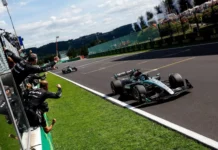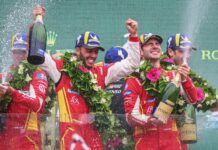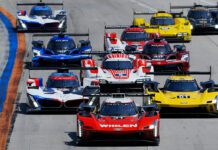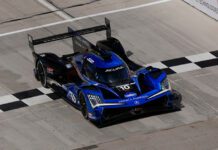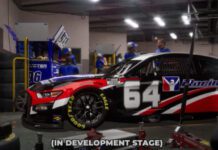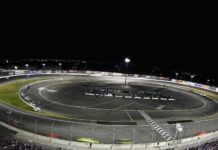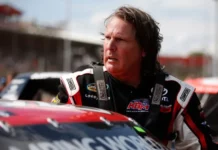
McLaren driver Lando Norris was fastest on the opening day of preseason testing as Formula One’s new generation of cars hit the track for the first time on Wednesday following one of the biggest regulation changes in the sport.
Charles Leclerc led the morning session in his Ferrari but Norris was faster in the afternoon with a time of 1 minute, 19.568 seconds at the Barcelona-Catalunya Circuit.
Leclerc’s teammate Carlos Sainz finished the day in third place, ahead of new Mercedes driver George Russell and his teammate Lewis Hamilton.
Defending champion Max Verstappen ran the most laps with Red Bull but finished only ninth fastest, behind the Alpine of Fernando Alonso.
Verstappen’s Red Bull and the other top teams showed good reliability all day long, with Alfa Romeo and Haas the two teams that struggled the most. Verstappen went off the track during one of his laps but there were no major incidents throughout the session.
“Everything was working quite well today,” said Verstappen, who on Thursday will give way to teammate Sergio Perez. “It’s been a positive start. We’ve got a lot of work ahead of us to still figure out a lot of things and just waiting and seeing where we are.”
It was the first of three consecutive days of testing in Barcelona. Three more are scheduled for March 10-12 in Bahrain ahead of the season-opener on March 20.
“Looking down the pit lane and seeing all the different cars, I think it’s one of the most exciting and interesting seasons that I’ve ever embarked upon,” said Hamilton, who drove in the afternoon as Mercedes returned to its silver livery this season. “It will be interesting to see where everyone comes out and where we stand in the first race.”
Red Bull’s new radical sidepods attracted attention with a different design compared to most other teams. Many different design packages were on display as teams resorted to varied solutions to comply with the new regulations. Most teams used aero rakes on their cars to gather data about airflow and downforce.
“In a way, we all start from zero and we all have to adapt,” Verstappen said. “I really hope that the experience I have can help me and I can put my hopes into this year.”
F1 revamped its regulations to try to improve racing and make the series more competitive, with new aerodynamic and tire requirements that hopefully will allow drivers to race closer together and create more overtaking. The older cars would lose downforce — and their ability to go through turns faster — the closer they got to the cars ahead.
Cars look and feel different with new rear and front wings, as well as bigger wheels. They are also heavier than the previous generation and use a higher ratio of sustainable fuel.
The last time F1 underwent drastic rule changes was in 2014, when the turbo-hybrid era started. In 2017, F1 had already introduced design changes that made cars wider and faster to try to make the series more exciting, though that didn’t keep Mercedes and Red Bull from dominating.
F1 is coming off one of its greatest seasons as Verstappen and Hamilton battled for the title to the end, with Verstappen winning on the last lap of the last race to end Mercedes’ seven-year dominance.
It will be the longest F1 season yet with 23 races, including the Miami Grand Prix debuting in May on a street course. Races in Japan, Canada, Australia and Singapore have returned after dropping out because of the coronavirus pandemic.







